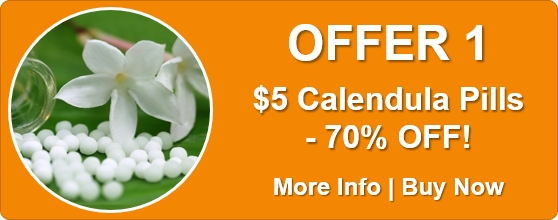Know Your Remedies: Pyrogenium (Pyrog.)

Common Names: Putrescent (rotting) meat.
General Information
Pyrogenium is a valuable remedy for septic states with offensive discharges. Knowing this, its 1870s ‘creation’ is not so surprising: chopped lean beef in water exposed to the sun for several weeks before being potentised. Fortunately, the potentisation process of homeopathy removes all traces of the source material so that the remedy produced, Pyrogenium, is a safe but highly effective energy remedy. Of equal interest is that today, we still draw from those first potencies produced 150 years ago. Pyrogenium is known for treating severe infections with putrid and offensive discharges or secretions (stools, urine, sweat, breath, vomit, menses). Examples include types of typhoid fever, empyema (a collection of pus around the lungs), severe sinusitis, puerperal infection (infection following childbirth), blood sepsis, and more. Pyrogenium may also be helpful when there is a history of severe infection and the person either has “never felt well since”, or fails to respond to well-indicated remedies. Other symptoms include restlessness from aching, sore and bruised sensations, and exhaustion and weariness in spite of the restlessness. The person feels better for motion and warmth, and worse with coldness.
Mental-Emotional Symptoms
- Delirium during fever.
Mouth
- Red, shiny tongue.
Chest
- Awareness of heart and heartbeats.
- Rapid pulse with low temperature or the inverse – high temperature with low pulse.
Skin
- Series of boils.
Female
- Puerperal fever with offensive discharge (infected lochia).
Sleep
- Restless from bruised soreness of body – the bed feels too hard.
Fever
- High fever.
- Restlessness during fever.
- Rapid pulse with low temperature or the inverse – high temperature with low pulse.
Where do I find it?
Pyrogenium (Pyrog.) is available from our online store as a single remedy in either pills or liquids.
Home Treatment Guidelines
Acute, Self-Limiting Conditions
Conditions like colds or minor injuries, which are short-term and typically improve on their own, can be managed at home with homeopathy. However, in emergencies or if symptoms worsen, contact your healthcare provider.
Chronic Conditions
These home treatment instructions do not apply for ongoing issues, whether mentioned above or not, like persistent allergies or chronic pain. You should consult a qualified homeopath for a personalized treatment plan to achieve the best results with homeopathy for chronic conditions.
How to Take the Remedy for Acute Conditions
- Take one pill or five drops of the remedy. The frequency depends on symptom severity. As examples:
- For life-threatening symptoms, take every 1 minute and seek emergency help immediately.
- For mild symptoms, take every 4 hours.
- Stop taking the remedy once you feel better. Resume if symptoms return.
- If no improvement after four doses, choose a different remedy or consult a professional homeopath.
- For more details on dosing, refer to: How Often to Dose with a 30C Homeopathic remedy.
- For information on the different potencies, read: Guidelines on which potency to use







